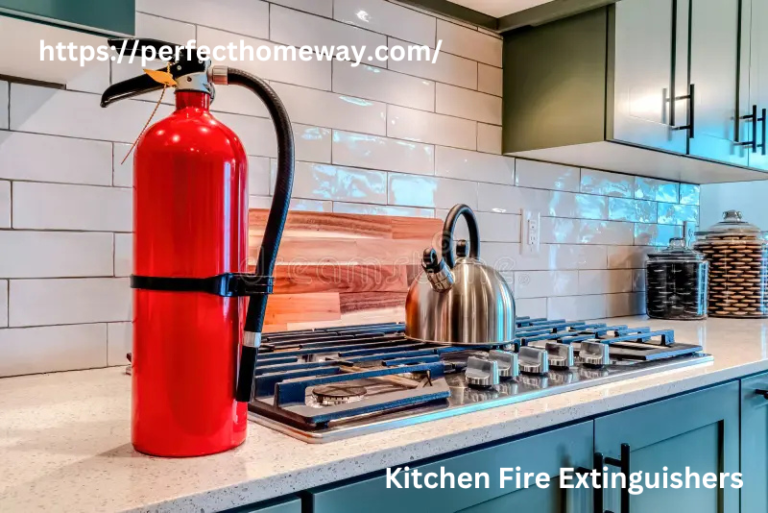Kitchen Island – The Heart of a Modern Home

In contemporary home design, few elements command attention and functionality quite like the kitchen island. More than just a surface for preparing meals, the kitchen island has evolved into a multipurpose centerpiece that reflects both personal taste and practical needs. Whether you’re remodeling an outdated kitchen or designing a space from scratch, incorporating a kitchen island offers an opportunity to blend aesthetic appeal with utility in a way that suits every lifestyle.
Understanding the Role of a Kitchen Island in Modern Homes
The kitchen has long been considered the heart of the home, and the island sits at the center of it. This structure provides more than just countertop space; it becomes a hub for cooking, dining, socializing, and even working. With open-plan living gaining popularity, the island also acts as a bridge between kitchen and living areas, creating flow and connection in the home’s main shared space.
In urban apartments and spacious suburban homes alike, the inclusion of a well-designed island changes the entire dynamic of the kitchen. It’s no longer just a place to store appliances—it’s a focal point that encourages interaction, efficiency, and creative use of space.
Historical Evolution of the Kitchen Island
Although the kitchen island feels like a modern concept, its roots can be traced back centuries. Traditional farmhouse kitchens often had large central tables used for food preparation and communal meals. As kitchen layouts evolved with time and technology, so did these central workstations.
The formal introduction of the “island” as a freestanding counter unit began gaining traction in the 1950s and 1960s during a surge in suburban development. As open-concept layouts gained favor in the 1980s and beyond, the kitchen island began to play an essential role in connecting dining, cooking, and lounging spaces.
Today, it’s not uncommon for kitchen islands to include sinks, stovetops, refrigeration drawers, wine storage, or even pop-up charging stations. These integrated solutions showcase the island’s evolution from simple utility to high-functioning hub.
Key Benefits of Adding a Kitchen Island
Enhancing Storage and Organization
One of the most obvious benefits of a kitchen island is the additional storage space it provides. Custom cabinetry, pull-out drawers, and open shelving built into the island can significantly expand your kitchen’s storage capacity. This is especially valuable in smaller homes or apartments where space is limited and every inch matters.
You can store pots, pans, utensils, small appliances, or even non-perishable food items in your island. Clever design features, such as pull-out spice racks or hidden recycling bins, ensure that everything has its place while maintaining the island’s sleek appearance.
Increasing Countertop Space for Meal Prep
For those who love to cook or entertain, more countertop space is always a welcome addition. A kitchen island offers an expansive surface that is perfect for meal preparation, baking, chopping vegetables, or laying out a buffet during gatherings. The extra surface area is particularly helpful when cooking with family members or involving kids in meal prep.
Depending on the material, such as granite, quartz, or butcher block, your island can also become a visual anchor in the room, offering both durability and elegance.
Creating a Gathering Spot for Family and Friends
One of the most beloved aspects of a kitchen island is its role as a social magnet. With the addition of bar stools or counter seating, the island becomes a spot where family members chat over breakfast, guests sip wine while dinner is being prepared, or children do homework under a parent’s watchful eye.
The placement of a kitchen island often encourages organic interaction. It removes the isolation of cooking and allows the chef to engage with guests or household members without turning their back to the rest of the room.
Flexibility for Customization
No two households are the same, and that’s why customization is key. Islands can be tailored to fit unique family needs—whether that means incorporating a prep sink, microwave, wine fridge, or extending a section for dining.
Movable islands on wheels or modular units can offer versatility for renters or those who anticipate reconfiguring their space. Larger islands can be split into zones: one for food prep, one for dining, and one for storage. The options are nearly limitless.
Choosing the Right Size and Layout
Proportions and Space Considerations
Selecting the right size for your kitchen island depends largely on the available space in your kitchen. A too-large island can hinder the natural flow, making the kitchen feel cramped. On the other hand, a too-small island may not offer enough functionality to justify its presence.
As a rule of thumb, there should be at least 36 to 48 inches of clearance around all sides of the island for comfortable movement. For kitchens under 13 feet wide, a peninsula layout (where the island is attached at one end) might work better than a standalone island.
Functional Zones and Workflow
The island should enhance your kitchen’s workflow, not disrupt it. Consider how you move through the kitchen while cooking—this is often referred to as the “kitchen work triangle,” involving the stove, sink, and refrigerator. The island should support this triangle by either incorporating one of the workstations or offering supplementary functions like extra prep space or seating.
You can also plan for double islands in larger kitchens—one strictly for preparation and the other for eating and gathering. Such configurations are increasingly popular in luxury homes and offer the ultimate in utility and luxury.
Materials and Finishes that Make a Statement
The material used for the countertop can define the personality of your kitchen. Stone surfaces like marble or quartz offer a polished, timeless look. Butcher block brings a rustic warmth and is perfect for serious chefs who want a surface that ages well with use.
Cabinet finishes beneath the countertop are equally important. You can choose to match them with the rest of the kitchen cabinetry for a seamless look or contrast them for a pop of color or texture. Matte black, navy blue, and natural wood tones are among the trending finishes.
Lighting also plays a crucial role in defining your island’s visual appeal. Pendant lights are not only functional but add dramatic flair to the space. Whether you opt for industrial metal shades or sculptural glass fixtures, proper lighting can turn a kitchen island into a visual masterpiece.
Sustainability and Smart Solutions
Eco-conscious homeowners are increasingly looking for sustainable materials when designing their kitchen islands. Reclaimed wood, recycled glass countertops, and low-VOC finishes are not only better for the environment but add unique texture and character.
Technology is also making its way into kitchen islands. USB outlets, wireless charging pads, and built-in speakers offer smart solutions that make modern life more convenient. Some even include touchless faucets or induction cooktops for seamless functionality.
Investing in Real Estate Value
A kitchen island does more than enhance daily living—it also increases the overall market value of your home. Real estate experts agree that buyers often view a kitchen island as a major asset. It signals a modern, well-thought-out kitchen and serves as an eye-catching feature during home tours.
This is especially true in open-plan homes, where the kitchen is visible from other living areas. A beautifully designed kitchen island can create a powerful first impression and differentiate your home in a competitive market.
FAQs
What is the ideal size for a kitchen island?
The ideal size depends on your kitchen’s square footage, but generally, islands should be at least 4 feet long and 2 feet wide, with 36-48 inches of clearance on all sides.
Can I add a kitchen island to a small kitchen?
Yes, with careful planning. Consider a narrow or movable island, or opt for a peninsula if space is limited.
What are the best materials for a kitchen island countertop?
Popular options include quartz, granite, marble, and butcher block. Each has its benefits in terms of durability, appearance, and maintenance.
Do kitchen islands add value to a home?
Yes, they are highly desirable features and can increase your home’s resale value, especially in modern and open-concept homes.
How can I make my island more functional?
Add features like built-in appliances, extra storage drawers, seating space, or a prep sink to boost usability.
Can I have a stove or sink in my island?
Absolutely. Many homeowners integrate stovetops, sinks, or even dishwashers into their islands for enhanced convenience and efficiency.
What is the difference between a kitchen island and a peninsula?
A kitchen island is freestanding, while a peninsula is connected to a wall or cabinetry on one side, creating a U or L shape in the kitchen layout.
How should I light my kitchen island?
Pendant lights are ideal. Choose fixtures that match your kitchen’s style while providing ample task lighting.






